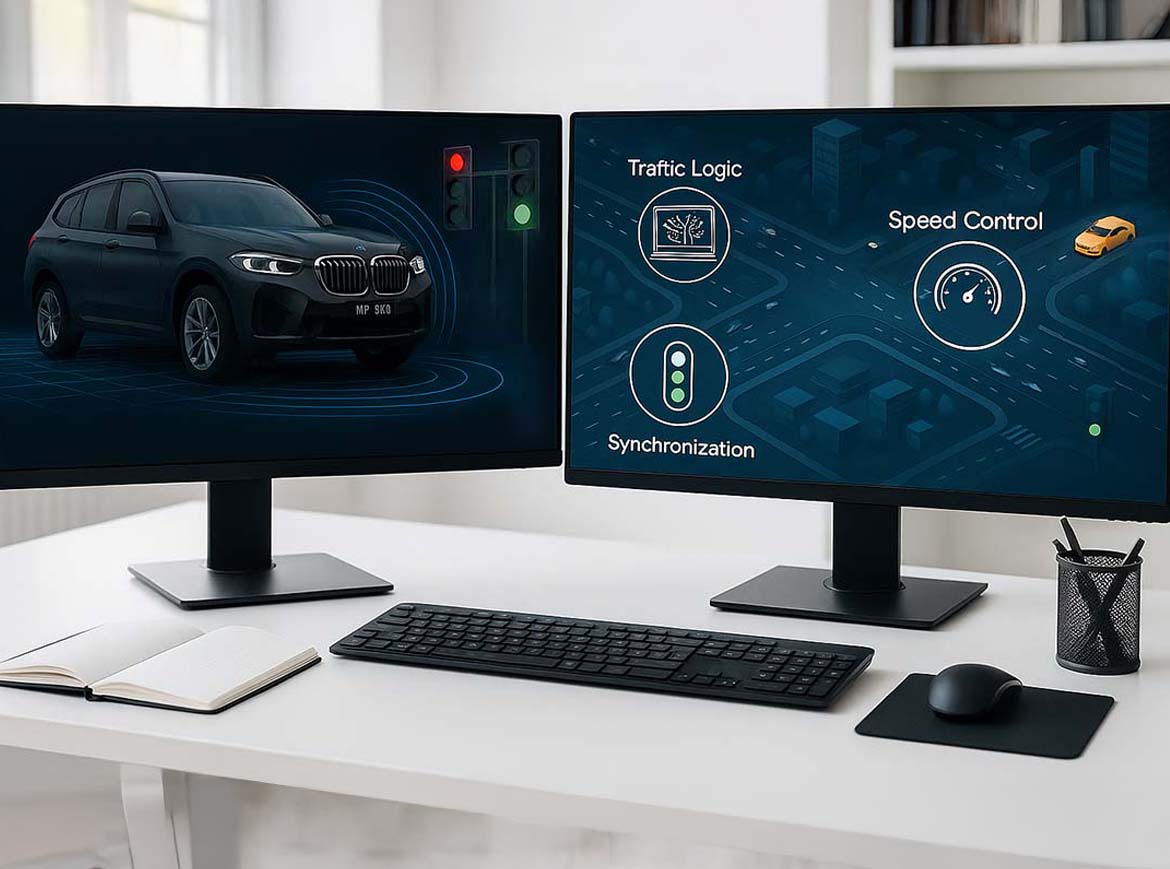Intelligent Motion I When Vehicle Models in the 3D Engine Blender Learn to Think
Source: VISORIC GmbH / Ulrich Buckenlei
Intelligent Motion – Vehicles Learn to Think
In digital prototyping, motion determines credibility and usefulness. Instead of rigid keyframes, modern pipelines generate logic-based sequences that respond to scenes in real time. The approach is pragmatic: rules represent driving behavior, physics provides the framework, and the simulation responds dynamically. For VISORIC, this is the key to testing concepts faster and making them experienceable in XR.
- From keyframe to rule set: From preplanned curves to situational behavior
- Real-time feedback: Scene changes immediately affect motion
- Industrial relevance: Greater significance for design, engineering, and training
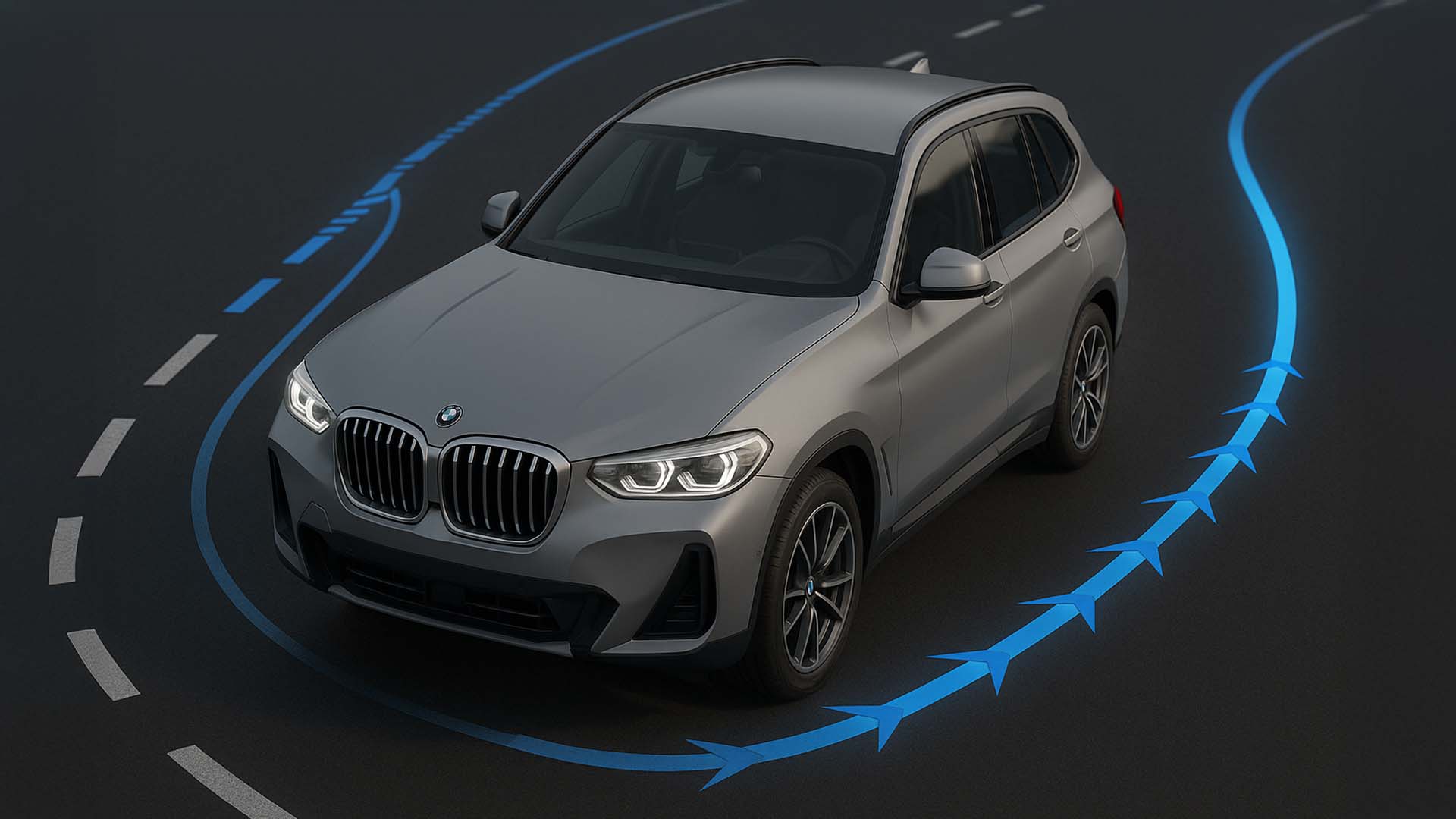
Figure: Basic principle of logic-based motion
Source: VISORIC GmbH / Ulrich Buckenlei
Switching from “timeline” to “logic” opens the door to robust testing: what was animated yesterday responds today. This facilitates the transfer into digital twins, where consistency and scalability matter.
From Line to Path: Trajectories That Can Be Read
Vehicles no longer follow a rigid curve but interpret a path. Parameters such as inertia, steering, friction, and speed interact. The result is motion that appears more natural and can be evaluated more reliably.
- Trajectory as information: Lines define direction and speed
- Physical coupling: Forces act consistently on the system
- Evaluation: Driving states become measurable and comparable
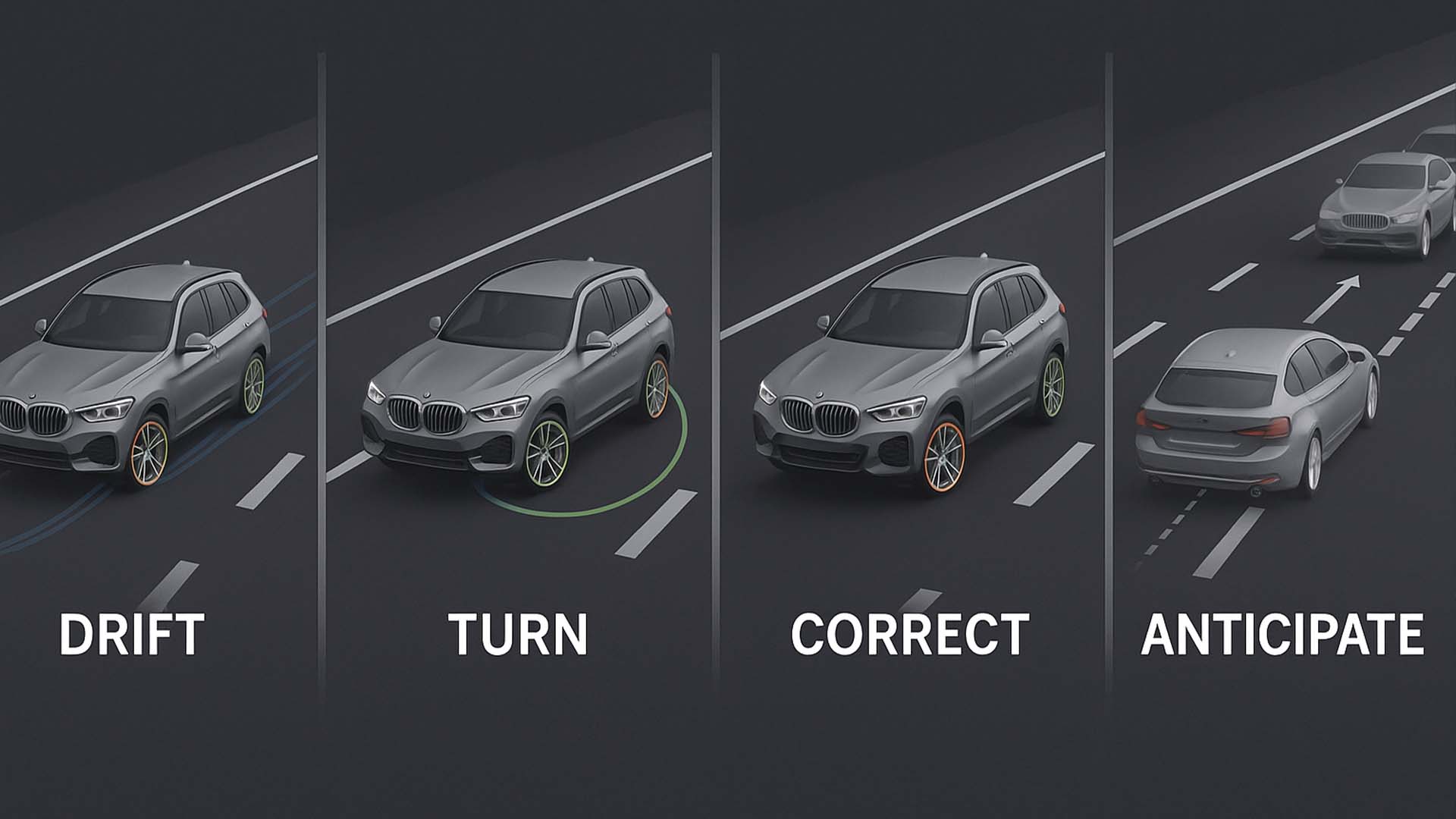
Figure: From curve to path
Source: VISORIC GmbH / Ulrich Buckenlei
In VISORIC projects, this methodology leads to shorter iteration cycles. Teams can see early on whether a concept works and support assumptions with more realistic motion data.
Ghost Preview and Camera Logic: Understanding What Happens Next
Ghost previews show, as a semi-transparent “shadow”, where a vehicle will move next. Combined with camera logic, usable visualizations emerge that both designers and engineers can interpret.
- Anticipation: Motion intent becomes visible
- Readability: Design decisions become understandable
- XR readiness: Perspectives and interactions become plannable
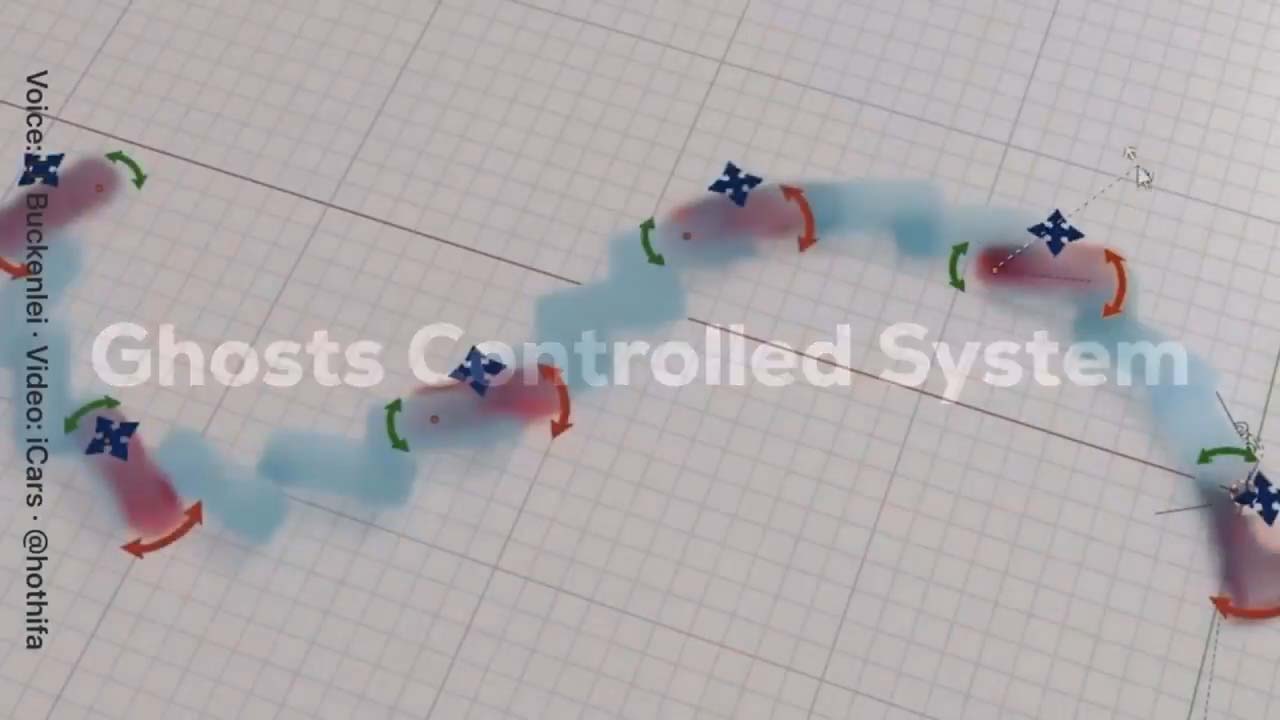
Figure: Ghost preview of the next vehicle position
Source: Video: iCars by Hothifa Smair
This preview creates confidence in the process. Those who know what will happen next can optimize purposefully instead of correcting afterward.
Scaling into Systems: From Single Object to Traffic
Once rules are reliable, the simulation scales beyond individual vehicles. Intersections, convoys, or parking areas become systems with interactions. This is precisely where XR Stager, as VISORIC’s SaaS, provides a robust stage for analysis and presentation.
- Synchronization: Agents share rules and states
- System behavior: Congestions, gaps, and priorities become visible
- Action options: Variants can be tested in a controlled manner
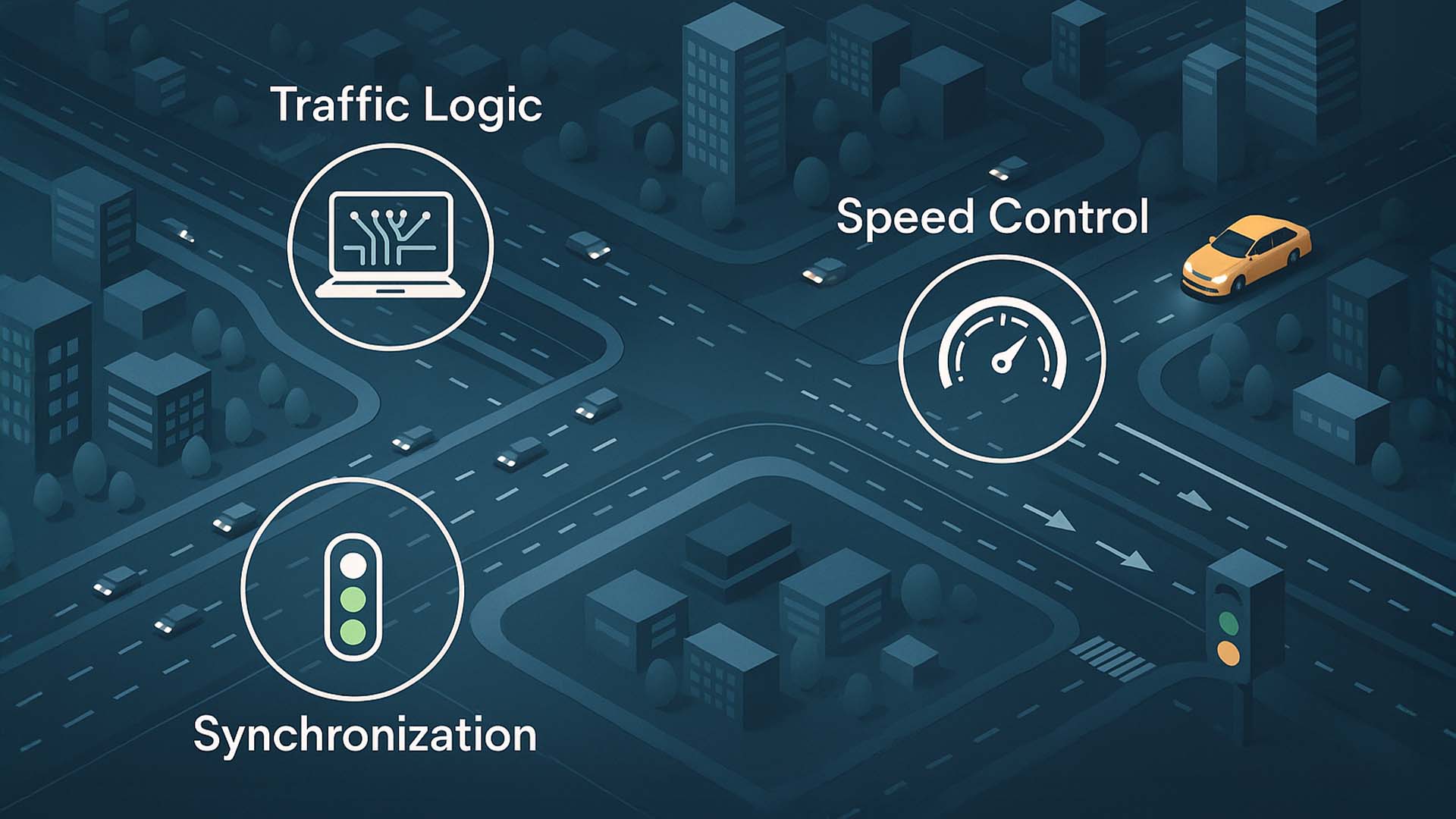
Figure: Multi-vehicle scene with rule coupling
Source: VISORIC GmbH / Ulrich Buckenlei
For urban planning, factory logistics, or test fields, this means questions of timing or safety can be answered early and based on evidence.
Transfer into Digital Twins and XR Experiences
Logic-based motion matches the nature of digital twins: data-driven, scalable, auditable. In XR, these processes become tangible, training becomes more effective, and decision-making foundations become clearer.
- Digital twin: Consistent rules instead of one-off animation
- XR training: Reactive situations instead of playing back scenes
- Engineering: Measurable effects instead of visual impressions
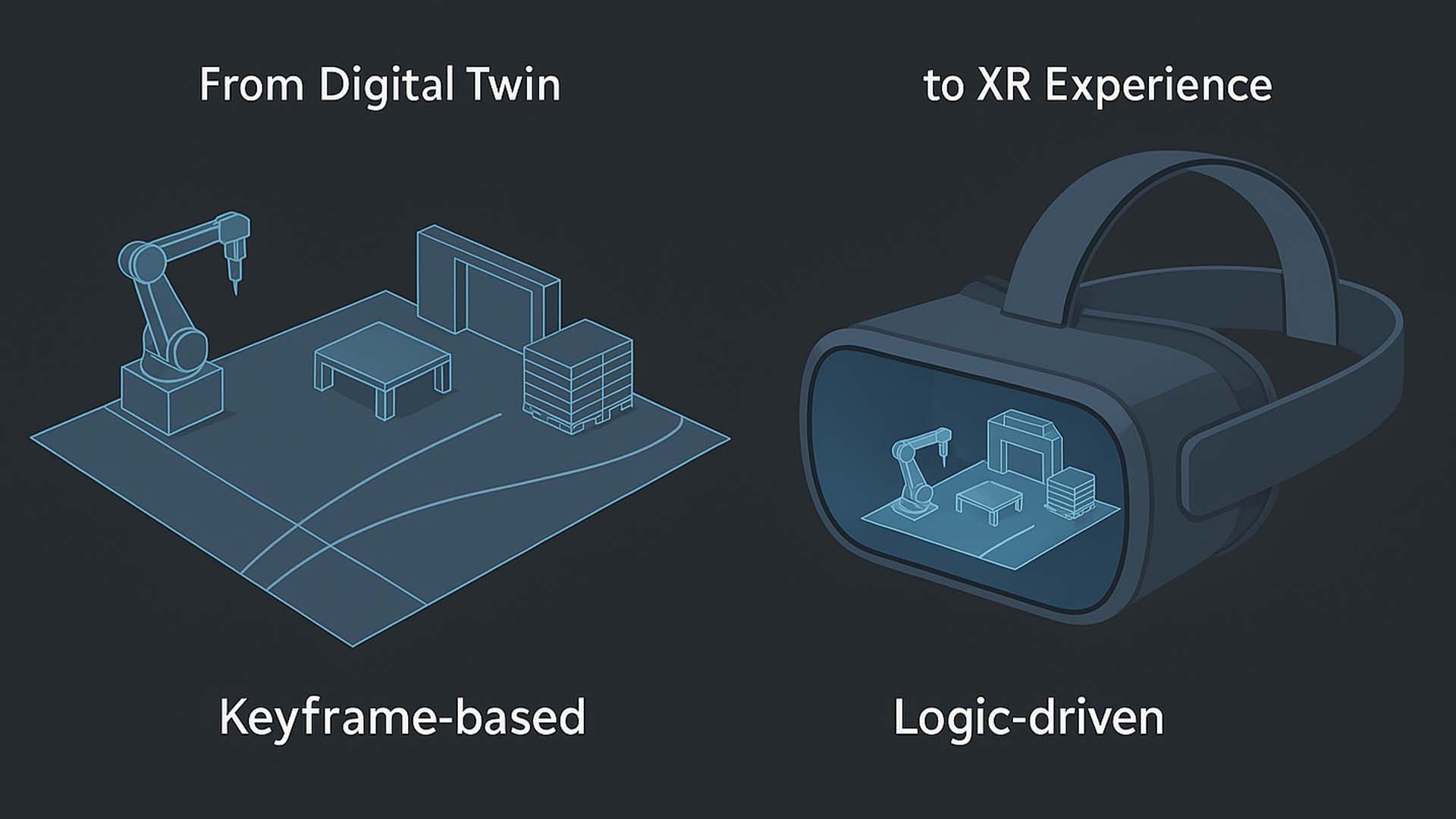
Figure: Integration into digital twin and XR
Source: VISORIC GmbH / Ulrich Buckenlei
VISORIC integrates these building blocks into consulting projects as end-to-end workflows: from hypothesis to visualization to decision-making.
Diagram 1: Speed vs. Steering Angle — Dynamic Stability
The diagram shows how steering angle affects stability depending on speed. In logic-based setups, trends remain more consistent because rule sets control boundary conditions. Axis labels in English: Horizontal axis: Speed [m/s]; Vertical axis: Steering angle [deg].
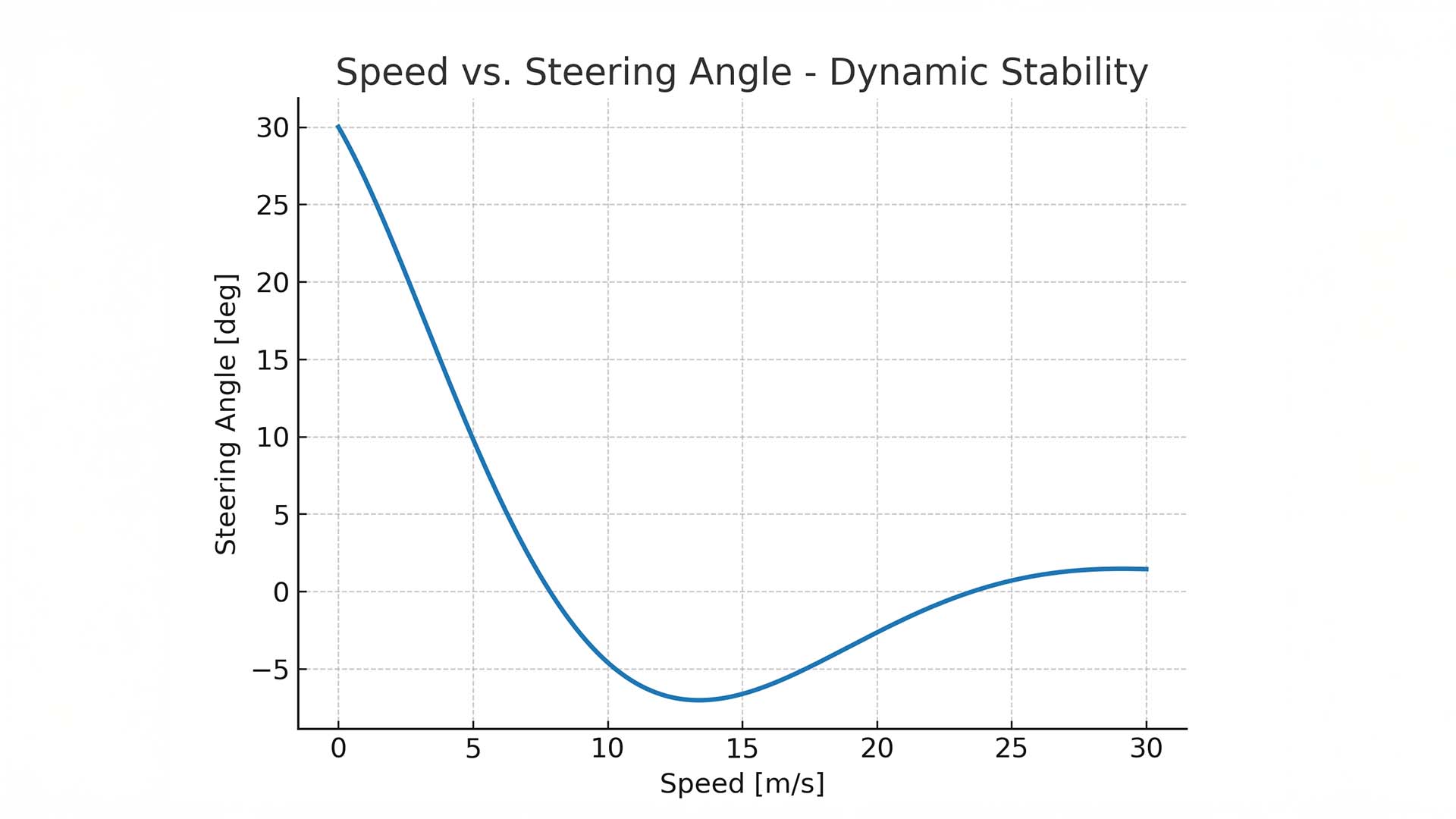
Diagram: Speed vs. Steering Angle
Source: Project data VISORIC; literature comparison: basic vehicle dynamics, e.g. Pacejka-like models
The shape of the curves shows where systems steer stably and where correction rules take effect. This allows parameters to be calibrated in a targeted way.
Diagram 2: Throughput vs. Headway — System Behavior
This diagram examines traffic throughput depending on the time gap between vehicles. Logic-based convoys show greater stability at the same headway. Axis labels in English: Horizontal axis: Time headway [s]; Vertical axis: Vehicles per hour [vph].
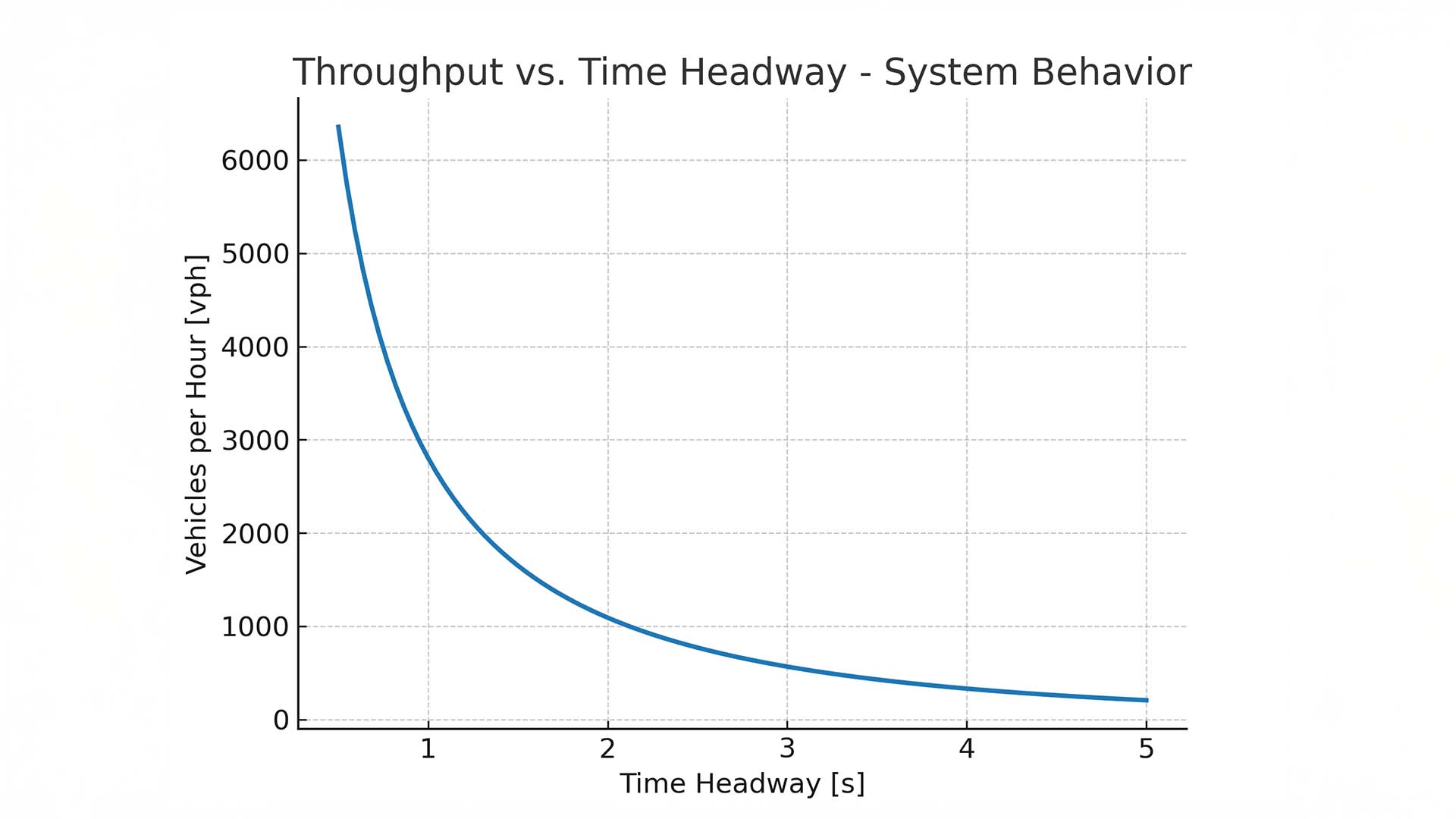
Diagram: Throughput vs. Time Headway
Source: VISORIC simulations; reference framework: microscopic traffic models (car-following)
The analysis provides a reliable basis for planning timing and safety distances in factory or urban traffic.
Video: Logic-Driven Mobility in Action
The clip shows the transition from single object to system simulation, including ghost preview and camera logic. It illustrates how rules and physics interact.
Video: Intelligent Vehicle Motion in Blender
Source: Video: iCars by Hothifa Smair
Talk to Our Experts About Your Project
Whether new mobility concepts, digital twins, or immersive XR experiences: technology is only the beginning. What matters is how it is translated into concrete projects. VISORIC combines research, design, and implementation into tangible results.
- From strategy to implementation: Consulting, prototyping, and production-oriented integration
- Measurable added value: Faster iterations and reliable decisions
- XR Stager as a stage: Analyze, present, and train content
Contact the Munich VISORIC expert team if you want to purposefully bring logic-based simulation and XR technologies into your company. The right time to shape the future is now.
Contact Us:
Email: info@xrstager.com
Phone: +49 89 21552678
Contact Persons:
Ulrich Buckenlei (Creative Director)
Mobil +49 152 53532871
Mail: ulrich.buckenlei@xrstager.com
Nataliya Daniltseva (Projekt Manager)
Mobil + 49 176 72805705
Mail: nataliya.daniltseva@xrstager.com
Address:
VISORIC GmbH
Bayerstraße 13
D-80335 Munich


